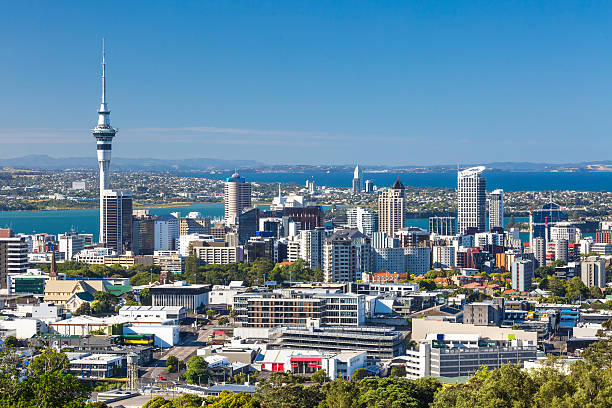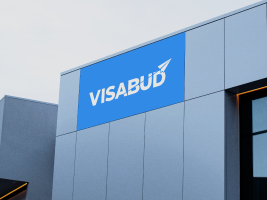Papua New Guinea Travel Guide: All you need to know to visit Papua New Guinea in 2024
Welcome to Papua New Guinea
Papua New Guinea
Papua New Guinea is a fascinating and culturally diverse nation. It is renowned for its varied topography, unspoiled natural beauty, and lively tribal customs. Here is a quick travel guide to get you started if you intend to visit Papua New Guinea.
Document checklist for Papua New Guinea
- Valid passport
- Visa
- Entry Permit
- Return/Onward Ticket
- Accommodation Details
- Travel Insurance
- Itinerary
Essential Papua New Guinea travel information
Currency – The Papua New Guinean Kina (PGK) is the country’s exchange unit.
Daily budget for one person: 200-300 Papua New Guinean Kina (PGK).
Languages: Papua New Guinea has three official languages, which include English, Tok Pisin, and Hiri Motu.
Socket type – Type I. 240 volts at a frequency of 50 hertz is the standard voltage in Papua New Guinea.
Time zone – Papua New Guinea operates on Papua New Guinea Time (PGT). (UTC+10:00).
The top 3 cities/islands to visit are Port Moresby, Lae, Madang
Top 3 landmarks/monuments – Kokoda Track, Mount Wilhelm, Tufi Fjords
Typical costs and budget for Papua New Guinea
Daily spending – 200-300 Papua New Guinean Kina (PGK) per person.
Meals – $10 and $30 per person per meal
Transport: Daily prices for local transit range from $2 to $5, depending on how you want to move about.
Hotel: $50 to $100 per night.
Travel options in Papua New Guinea and the finest modes of transportation
Road networks in Papua New Guinea are limited, especially in remote areas. However, major cities and towns have roads connecting them. It’s important to note that road conditions can vary significantly, and some areas may be inaccessible or require 4WD vehicles. In urban areas, taxis and hired cars are available for local transportation.
Water transport is commonly used in remote areas where road infrastructure is limited. Riverboats and canoes are often used for transportation along rivers and the coastal regions.
Cruise ships frequently stop in Papua New Guinea. These cruises allow visitors to explore the country’s stunning coastline, islands, and remote communities. Cruises typically offer a range of activities and shore excursions to experience the local culture and natural beauty.
Safety in Papua New Guinea
Papua New Guinea can be considered a country with some safety concerns. While some areas can be relatively safe for travel and living, it is essential to be aware of the security situation and take precautions to ensure personal safety.
Crimes such as theft, robbery, assault, and carjacking occur, and there have been reports of armed attacks and sexual assault.
It is crucial to remain alert to the local situation and avoid areas known for tribal disputes.
Maintaining a respectful attitude towards local authorities and following their instructions if approached is recommended.
Weather in Papua New Guinea
Tropical weather with high annual temperatures and humidity is the norm in Papua New Guinea. The rainy and the dry season are the primary seasons of the nation.
The wet season in Papua New Guinea occurs during the southern hemisphere’s summer months. It is characterized by heavy rainfall, high humidity, and occasional tropical storms or cyclones. The wet season brings lush greenery and vibrant vegetation to the country’s tropical rainforests.
The dry season in Papua New Guinea takes place during the southern hemisphere’s winter months. This period is generally characterized by lower rainfall and milder temperatures. While some regions may still experience sporadic rain showers, the weather tends to be drier and more suitable for outdoor activities.
Must do and see in Papua New Guinea
Visit Port Moresby: Papua New Guinea’s capital city has several exciting attractions, including the National Museum and Art Gallery, Parliament House, and Adventure Park PNG. Explore the local markets to experience the vibrant culture and sample delicious local cuisine.
Discover the Sepik River: Take a boat trip along the Sepik River, one of the longest rivers in Papua New Guinea. Visit isolated settlements, immerse yourself in Sepik culture, and take in their distinctive woodcarvings and artwork.
Explore the Kokoda Track: This historic trail is a challenging but rewarding trek through the Owen Stanley Range. It follows the path of the World War II Kokoda campaign and offers breathtaking scenery and insights into the country’s wartime history.
Typical Papua New Guinea food to try
Mumu is a traditional cooking method where food, usually pork or chicken, is wrapped in banana leaves and cooked in an underground oven heated with hot stones. It results in tender and flavorful meat, often served with vegetables.
Laplap is a staple dish from starchy vegetables such as taro, yams, or green bananas. The vegetables are grated, mixed with coconut milk, and wrapped in banana leaves. The package is then cooked in an earth oven until it becomes a thick, pudding-like consistency.
Sago is a typical staple food in Papua New Guinea, derived from the pith of the sago palm tree. It is processed into a flour-like substance and used in various dishes such as porridge, pancakes, or dumplings. Sago is often eaten with fish or meat.
Vaccine information for Papua New Guinea
Vaccines are essential for stopping the spread of contagious illnesses and shielding people from serious sicknesses or sequelae. Vaccinations in Papua New Guinea protect the populace from several local diseases.
Related Articles

5 min read
New Zealand Introduces Key Changes to Post Study Work Visa : What You Should Know
According to the government, this change will provide students with greater flexibility in their academic choices while ensuring they remain eligible to work. For many students, studying abroad is a
Read More
5 min read
The Singapore visa processing time for Indian citizens
Singapore is a small island located in the Malay Peninsula in Southeast Asia. It is one of the most economically developed countries in the world. Singapore is a fantastic place
Read More
5 min read
How Much Does an Australia Trip Cost from India?
If you are planning a trip from India to Australia, you must follow some of the points. that are : Planning Budget Traveling date and time To which place you
Read MoreThe earliest date to apply for a Papua New Guinea visa is one month before the date of travel to the country. All visa requests must be submitted ten days before departure to enable enough time for processing.
The visa validity is decided based on the visa type and duration of stay.
The embassy stamps the visa in the actual passport. The passport must thus include two blank pages. Additionally, your passport must have a six month-validity past the time you want to remain.
Your passport gets stamped with the visa, which may be shared according to your preferences.
There could be single or multiple entries depending on the category of visa applied for. For example, for a Tourist visa, there is a single entry. For a Business visa, there is both single and multiple entry.
